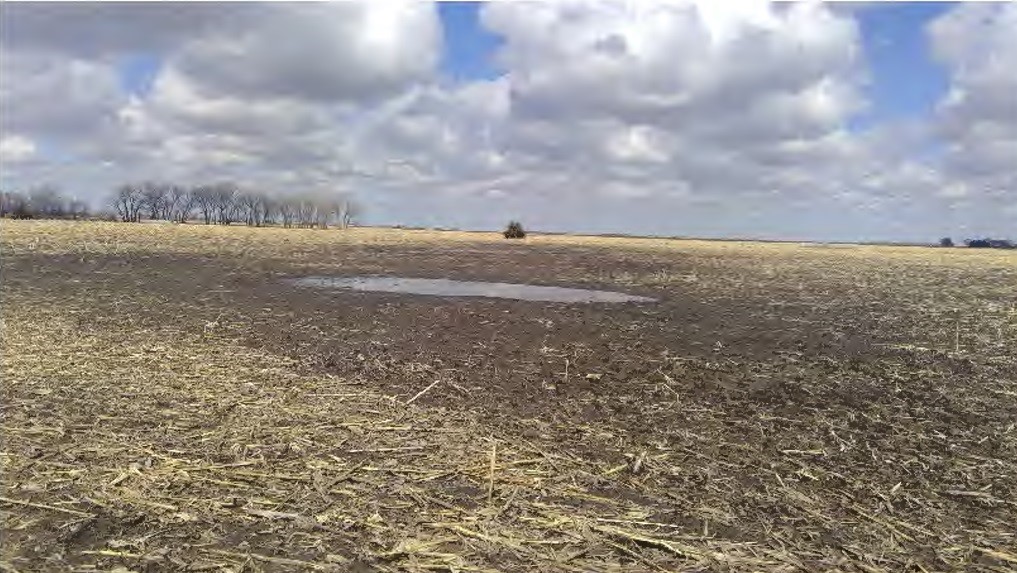
John Hult, South Dakota Searchlight
A Fulton-area farmer will have a chance to argue that a federally designated wetland on his property is actually regular farm ground thanks to a recent U.S. Supreme Court decision.
The case will be one of the first in the nation to be re-examined as a result of Loper Bright Enterprises vs. Raimondo.
The ruling overturned what was known as the Chevron rule, which required courts to defer to federal agencies in their interpretation of ambiguous federal laws and the rules written to enforce them.
The decision could have far-reaching implications for the right of citizens or companies to challenge agency authority and conclusions in court. Many in the farm and ranch community see particularly pointed impacts in South Dakota, as agricultural operations are heavily influenced by federal rules on crop insurance, conservation payments or wetland determinations.
Arlen Foster first attempted to challenge federal authority in 2011.
The Hanson County farmer sued the U.S. Department of Agriculture’s Natural Resources Conservation Service (NRCS) over its determination that an area of his property was a wetland.
Farmers can’t use drain tile or ditches to make federally designated wetlands more easily farmable without losing access to USDA supports like crop insurance. Wetlands created through human-led development — in other words, land that wasn’t wet until something was done to nearby land to alter drainage patterns — can be drained without losing access to USDA programs.
The NRCS first determined that 0.8 acres on Foster’s property are a wetland in 2004. In 2008, Foster asked for a review, and NRCS again ruled it a wetland in 2011.
At his initial hearing with an administrative law judge, Foster argued that the “puddle” on his property only shows up in very wet years, and only because his father planted a belt of trees to prevent erosion in 1936. It’s the trees and not nature, he argues, that created what NRCS calls a wetland.
“At the time it was developed, the tree belt was a conservation measure encouraged by the then-recently established Soil Conservation Service, which is the Defendant agency now titled the Natural Resources Conservation Service,” Foster’s lawyers would later write in a complaint against the NRCS.
The puddle only appears briefly, Foster argues, and as a direct result of the tree belt’s capture of snow and slowdown of other moisture. In half the years, the disputed spot and the area around it don’t drain quickly enough for planting, taking about two acres on the 44-acre field out of production. That’s why he wants to drain it.
In 2011, an administrative law judge said Foster hadn’t presented proof that the ephemeral wetlands were created by the tree planting and not natural.
Foster hired experts and attempted to get a new determination in 2017 and 2020, hoping to add new information from his experts. But the NRCS declined to review its determination, citing a rule it had written on eligibility for a new determination.
That’s when the conservative-leaning Pacific Legal Foundation took up Foster’s cause. He filed a lawsuit and made it to the Eighth Circuit Court of Appeals, which deferred to NRCS under the Chevron rule.
“He was just trying to get them to look at the evidence, because the first time they told him there wasn’t any,” said Jeffrey McCoy, the lawyer with the Pacific Legal Foundation who represents Foster.
After the Loper Bright decision’s release, the Supreme Court listed Foster’s case as one that would need a new hearing before the appeals court. It’s one of at least nine cases that will reopen as a result of the decision. Foster had filed for a writ of certiorari at the Eighth Circuit, asking for a review of his case in light of the then-pending Loper Bright decision.
McCoy told South Dakota Searchlight that the court could finally decide if Foster is owed a chance at a new wetlands determination.
“It doesn’t necessarily mean he’s going to get his way,” McCoy said.
